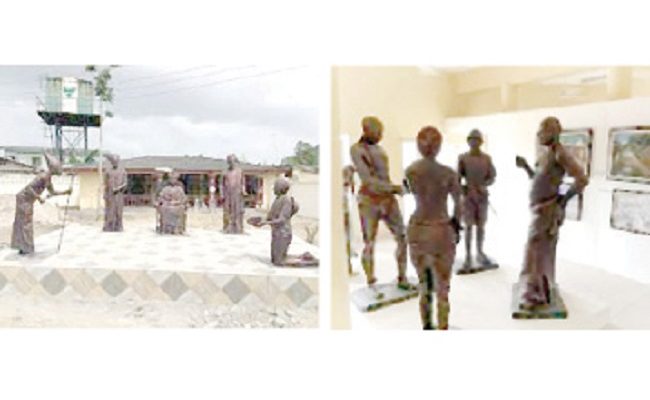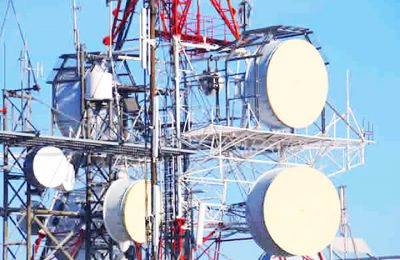
OVER the years, the museum’s primary focus, which was limited to acquisition, conservation, research, and exhibition of objects has widened to include education (which implies teaching things to visitors); and more recently, learning (which implies individuals of all ages using the museum and its resources for their own benefit).
The new ICOM (2022)’s definition attests to this: Museum is a non-profit, permanent institution in the service of society that researches, collects, conserves, interprets and exhibits tangible and intangible heritage.

Open to the public, accessible and inclusive, museums foster diversity and sustainability, museums operate and communicate ethically, professionally and with the participation of communities offering varied experiences for education, enjoyment, reflection and knowledge sharing.
Learning entails facts, experiences and emotions. It is something we enjoyably do and often done in different ways individually and/or in company of others.
By virtue of difference in both genes and experience, every individual uniquely acquire, processes, and stores information. They further added that the process of learning can be conceptualised as involving seven major factors. These are the influences of: prior knowledge and experience; subsequent, reinforcing experiences; motivation and attitudes; culture and background; social mediation; design and presentation; (and) the physical setting.
They concluded that: To fully understand the nature of the museum, learning process requires an understanding of the role, independently and collectively, of these seven influences.
Museums are special institutions where visitors’ learning have special characteristics. Learning in museum is also referred to as free choice learning where people learn at their own speed, direction and free will (without coercion).
Children learn in different ways and specialists have developed a range of theories about how they learn and these are influential in how museums all over the world display and/or exhibit and construct their educational programmes. These theories include: Behaviourism, this is the idea that all behaviours are learned through interaction with the environment. It is also referred to as learning from experience and practice. In museums, this approach has been applied by treating the exhibit as a stimulus, and by studying how effectively it holds child’s/visitor’s attention.
Cognitive-developmental approach believes that the child understands the world only by acting on it; learning is an active exchange between the learner and the environment. In museums, this approach has underlain many interactive exhibits, particularly in science museums.
Discovery Learning suggests three modes in which children represent the world, the enactive (where representation occurs through actions), the iconic (where representation involves building up a mental picture of things one has experienced) and the symbolic (where representation takes place through symbols). Many science museums have tried to create exhibitions that encourage discovery learning.
Multiple Intelligence Theory suggests that all human beings use nine or more different intelligences to learn. Museums use as many different techniques as possible to appeal to as many different ways of learning as possible.
Social Cognition believes that it is society that teaches children what and how to think.
Constructivism believes that learners construct knowledge for themselves, individually or with others creating meaning as they learn. It has been very influential in museums, which naturally provide opportunities for children to interact with their environment and construct their own world.
Therefore, museums are playing very vital role in the development of children through their active provision of effective learning opportunities, creation of accessible and inspiring learning environments, building of creative learning partnerships and implementation of policies and plan toward placing learning at the heart of the museum.
- Saanu is Assistant Chief Architect, Project and Works Department,
National Musuem of Unity, Ibadan.







